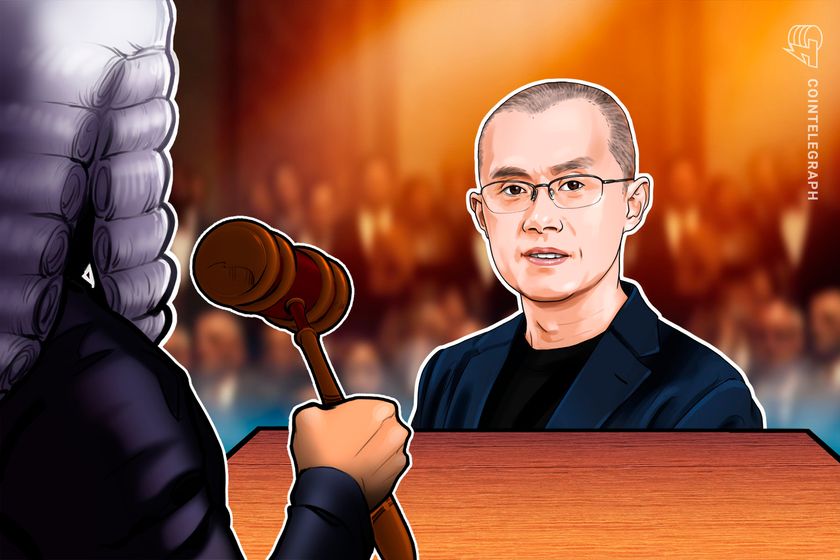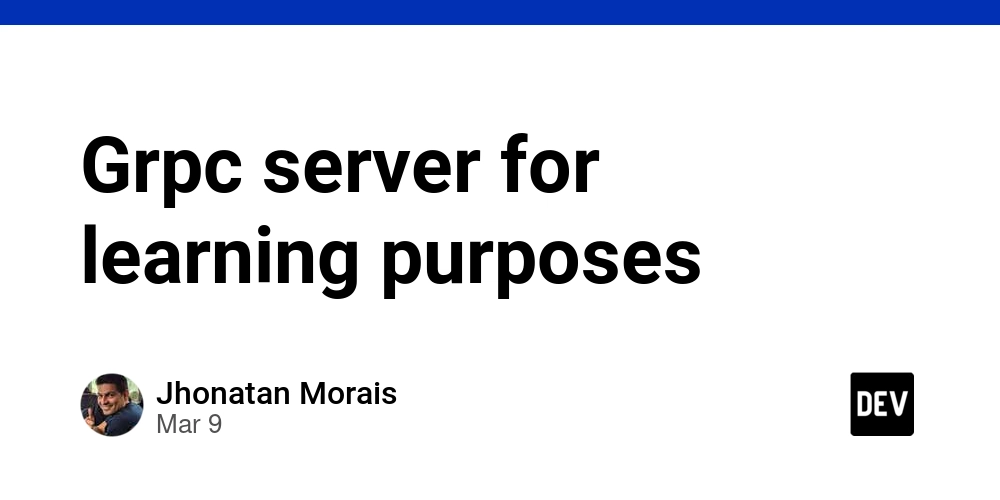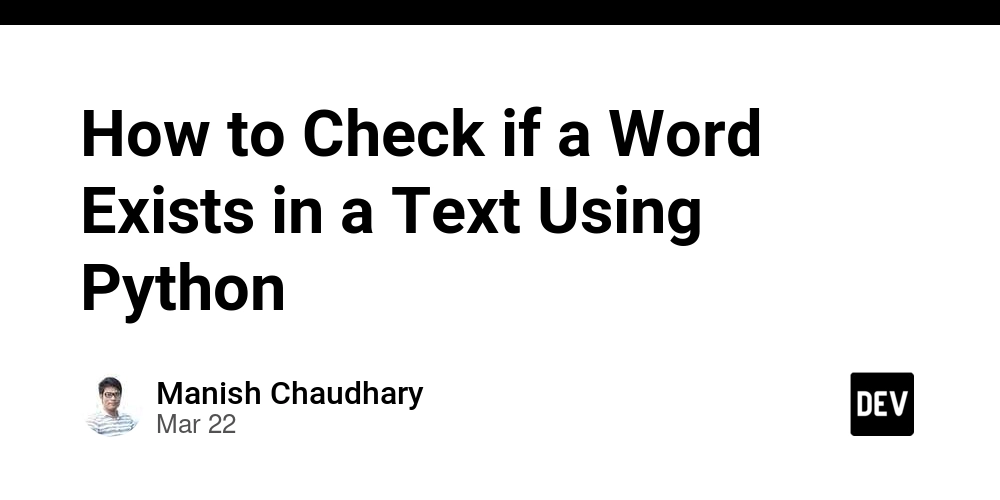Open Source Developer Support Networks: Empowering Collaboration and Innovation
Abstract This post delves into the world of Open Source Developer Support Networks (OSDSNs) that enable collaboration, funding, and innovation in today’s tech landscape. We explore their history, core concepts, and practical applications—from blockchain integration and NFT marketplaces to advanced developer tools and community-driven governance. We also address the challenges and limitations these networks face, and examine future trends that will further revolutionize open source funding, licensing, and secure collaboration. With a mix of tables, bullet lists, and expert insights, this guide is tailored for developers, technical experts, and enthusiasts seeking a deeper understanding of how OSDSNs sustain an innovative, inclusive environment. Introduction In today’s rapidly evolving technological environment, open source is no longer merely about freely available code—it’s about building vibrant communities that nurture collaboration and drive the future of technology. Open Source Developer Support Networks (OSDSNs) have become a cornerstone for fostering innovation in areas such as blockchain, NFTs, and decentralized finance (DeFi). These networks provide crucial funding, mentorship, technical resources, and community engagement, enabling developers of all skill levels to contribute to transformative projects. As more enterprises and independent developers migrate away from closed systems, structured support systems like Open Source Developer Support Programs have emerged as essential tools that bridge gaps between funding, legal compliance via open source licensing, and robust technical infrastructure. This post explores the evolution, core concepts, practical applications, challenges, and future outlook of these networks, providing a holistic perspective for technical experts and developers alike. Background and Context The Genesis of the Open Source Movement The open source movement began when early computer enthusiasts and researchers started sharing code to foster innovation and collaboration. Despite a period during which proprietary models dominated, the launch of projects like Linux, Apache, and later blockchain frameworks revived the notion of community-driven development. Open source today signifies not only transparency and adaptability but also the emergence of communities that enable continuous improvement through shared practices. Evolving Ecosystems and Technological Fusion Over the decades, the open source ecosystem has evolved to support emerging technologies. For instance, blockchain and NFTs have merged with open source principles, enabling projects that are interoperable, secure, and community-governed. Platforms like GitHub Sponsors and GitCoin have revolutionized the way developers receive funding and support. This democratizes the funding process and increases transparency in financial transactions, vital for projects that rely on public trust. Further, frameworks such as the Copyleft Licenses Ultimate Guide have provided developers with legal clarity, ensuring that open source licensing remains a reliable backbone for collaboration, protection, and innovation. Core Concepts and Features Open Source Developer Support Networks are built upon the following core pillars: 1. Community Building and Engagement At the heart of OSDSNs is the community. Fostering robust engagement is crucial. Developers frequently participate through: Online Forums and Social Media: Platforms like GitHub and Reddit serve as hubs for discussion, code reviews, and mentorship. Local Meetups and Conferences: These in-person gatherings help reinforce personal connections and trust among contributors. Mentorship Programs: Veteran developers guide novices, creating a self-sustaining loop of learning and growth. This concerted effort ensures the community remains vibrant, supportive, and ready to tackle emerging challenges. 2. Funding, Sponsorship, and Financial Models Securing financial backing is paramount. OSDSNs utilize a range of funding models, including: Crowdfunding and Developer Grants: Through platforms like GitHub Sponsors, developers receive micro-donations that sum up to sustainable funding. Corporate Sponsorship: Enterprises invest in projects that power critical infrastructures, thereby indirectly fueling community-driven innovation. Blockchain Tokenization and NFT-Based Incentives: These innovative mechanisms provide transparent and decentralized funding channels. For a detailed look at these methods, refer to the Arbitrum and Blockchain Interoperability discussion. Below is a summary table of common support models: Support Model Description Example Platform Crowdfunding Aggregated individual contributions supporting core development needs GitHub Sponsors, GitCoin Corporate Sponsorship Investments from companies that benefit from the underlying open source frameworks Corporate Gr
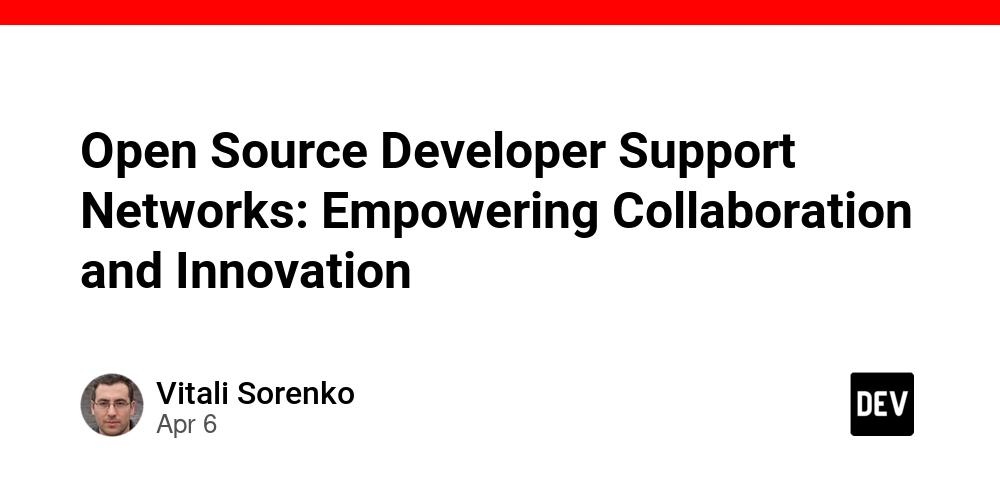
Abstract
This post delves into the world of Open Source Developer Support Networks (OSDSNs) that enable collaboration, funding, and innovation in today’s tech landscape. We explore their history, core concepts, and practical applications—from blockchain integration and NFT marketplaces to advanced developer tools and community-driven governance. We also address the challenges and limitations these networks face, and examine future trends that will further revolutionize open source funding, licensing, and secure collaboration. With a mix of tables, bullet lists, and expert insights, this guide is tailored for developers, technical experts, and enthusiasts seeking a deeper understanding of how OSDSNs sustain an innovative, inclusive environment.
Introduction
In today’s rapidly evolving technological environment, open source is no longer merely about freely available code—it’s about building vibrant communities that nurture collaboration and drive the future of technology. Open Source Developer Support Networks (OSDSNs) have become a cornerstone for fostering innovation in areas such as blockchain, NFTs, and decentralized finance (DeFi).
These networks provide crucial funding, mentorship, technical resources, and community engagement, enabling developers of all skill levels to contribute to transformative projects. As more enterprises and independent developers migrate away from closed systems, structured support systems like Open Source Developer Support Programs have emerged as essential tools that bridge gaps between funding, legal compliance via open source licensing, and robust technical infrastructure.
This post explores the evolution, core concepts, practical applications, challenges, and future outlook of these networks, providing a holistic perspective for technical experts and developers alike.
Background and Context
The Genesis of the Open Source Movement
The open source movement began when early computer enthusiasts and researchers started sharing code to foster innovation and collaboration. Despite a period during which proprietary models dominated, the launch of projects like Linux, Apache, and later blockchain frameworks revived the notion of community-driven development. Open source today signifies not only transparency and adaptability but also the emergence of communities that enable continuous improvement through shared practices.
Evolving Ecosystems and Technological Fusion
Over the decades, the open source ecosystem has evolved to support emerging technologies. For instance, blockchain and NFTs have merged with open source principles, enabling projects that are interoperable, secure, and community-governed. Platforms like GitHub Sponsors and GitCoin have revolutionized the way developers receive funding and support. This democratizes the funding process and increases transparency in financial transactions, vital for projects that rely on public trust.
Further, frameworks such as the Copyleft Licenses Ultimate Guide have provided developers with legal clarity, ensuring that open source licensing remains a reliable backbone for collaboration, protection, and innovation.
Core Concepts and Features
Open Source Developer Support Networks are built upon the following core pillars:
1. Community Building and Engagement
At the heart of OSDSNs is the community. Fostering robust engagement is crucial. Developers frequently participate through:
- Online Forums and Social Media: Platforms like GitHub and Reddit serve as hubs for discussion, code reviews, and mentorship.
- Local Meetups and Conferences: These in-person gatherings help reinforce personal connections and trust among contributors.
- Mentorship Programs: Veteran developers guide novices, creating a self-sustaining loop of learning and growth.
This concerted effort ensures the community remains vibrant, supportive, and ready to tackle emerging challenges.
2. Funding, Sponsorship, and Financial Models
Securing financial backing is paramount. OSDSNs utilize a range of funding models, including:
- Crowdfunding and Developer Grants: Through platforms like GitHub Sponsors, developers receive micro-donations that sum up to sustainable funding.
- Corporate Sponsorship: Enterprises invest in projects that power critical infrastructures, thereby indirectly fueling community-driven innovation.
- Blockchain Tokenization and NFT-Based Incentives: These innovative mechanisms provide transparent and decentralized funding channels. For a detailed look at these methods, refer to the Arbitrum and Blockchain Interoperability discussion.
Below is a summary table of common support models:
| Support Model | Description | Example Platform |
|---|---|---|
| Crowdfunding | Aggregated individual contributions supporting core development needs | GitHub Sponsors, GitCoin |
| Corporate Sponsorship | Investments from companies that benefit from the underlying open source frameworks | Corporate Grants, Sponsorship Programs |
| Blockchain Tokenization | Leveraging NFTs and tokens to ensure transparency and reward contributions | NFT Marketplaces, Open Source Token Initiatives |
3. Knowledge Exchange and Mentorship
Information sharing is a major component in accelerating open source development:
- Documentation and Tutorials: Comprehensive guides and live Q&A sessions help developers learn new technologies quickly.
- Mentor-Mentee Programs: These programs enable experienced developers to share their best practices in coding, security, and blockchain integration.
- Training Sessions and Webinars: Well-structured, continuous learning opportunities are offered via webinars, which also help disseminate the latest trends in open source development.
Notable initiatives like Google Summer of Code and Outreachy have consistently demonstrated the power of mentorship in open source.
4. Technical Infrastructure and Resource Sharing
Modern open source projects rely on robust technical resources. Key components include:
- Code Repositories and Cloud Hosting: Centralized platforms ensure code is maintained properly and updated regularly.
- Integrated Development Environments (IDEs): Collaborative tools support real-time coding and debugging.
- Resource Pooling: Sharing documentation, libraries, and troubleshooting forums help optimize project turnaround times.
5. Governance and Open Source Licensing
Clear governance structures and legal frameworks underpin successful open source projects:
- Adoption of Open Source Licenses: Resources such as the Copyleft Licenses Ultimate Guide provide clarity on usage rights, ensuring that contributions are legally protected.
- Robust Documentation and Policies: These govern how contributions are managed, ensuring consistency and transparency.
- Security Protocols: Continuous monitoring and timely updates are crucial to mitigating vulnerabilities, as highlighted in the discussion on The Downside of Apache License.
Applications and Use Cases
OSDSNs have widespread applications across various platforms and industries. Here are some practical examples:
1. Blockchain and Decentralized Finance Projects
- Decentralized Funding and Security: Open source communities have helped build robust blockchain networks that underlie DeFi projects. Through decentralized funding models, projects gain transparency and resilience.
- Seamless Integration: These communities promote interoperability across different blockchain platforms, resulting in smooth cross-chain transactions. For an in-depth analysis, see Arbitrum and Smart Contract Audits.
- Enhanced Security: The continuous collaboration among developers ensures rapid identification and patching of vulnerabilities.
2. NFT Marketplaces and Digital Collectibles
- Transparent and Credible Platforms: Open source principles underpin many NFT projects, ensuring that every piece of digital art can be traced back to its creator.
- Tokenized Rewards: By using blockchain tokenization, developers and artists are rewarded transparently, which enhances community trust. Learn more about NFT incentives by exploring Arbitrum and NFT Marketplaces.
- Community Interactions: The collaborative curation and verification processes add an extra layer of authenticity to digital collectibles.
3. Developer Tools and Collaborative Platforms
- Shared IDEs and Libraries: Communities drive the creation and maintenance of shared tools that streamline the development process.
- Open Source Education: Platforms offer webinars, tutorials, and community workshops that help both beginners and experienced developers hone their skills.
- Real-Time Collaboration: Using forums and version-controlled code repositories, developers quickly address issues and share breakthroughs.
Bullet list summarizing key applications:
- Blockchain infrastructure development and decentralized finance
- NFT platforms securing transparency and rewarding creativity
- Collaboration through shared developer tools and educational platforms
Challenges and Limitations
Despite the many benefits, OSDSNs face several obstacles in scalability and practical implementation.
Technical Challenges
- Integration Complexities: Combining diverse technologies like blockchain and NFT frameworks often requires specialized technical expertise, which can slow the integration process.
- Security Vulnerabilities: With open code, there is an increased risk of malicious contributions. Without prompt action, vulnerabilities can become an avenue for exploitation. Resources like The Downside of Apache License illustrate these risks.
- Scalability Concerns: As projects grow, maintaining clean, scalable code can become challenging. Legacy systems and technical debt may hinder innovation.
Community and Funding Challenges
- Sustaining Engagement: Continuous motivation is required to keep community members active, particularly when projects experience slow progress.
- Funding Limitations: Even with innovative funding models, there is often a disparity in available resources. While corporate sponsorship provides significant backing, reliance on volunteer contributions can lead to uneven distribution of work.
- Governance and Legal Discrepancies: Achieving consensus among diverse contributors is difficult. Legal challenges often arise over licensing issues that can stall critical development phases. For further exploration, visit Copyleft Licenses Ultimate Guide.
Organizational and External Pressures
- Corporate Influence vs. Community Autonomy: While corporate funding is beneficial, it sometimes biases project direction, potentially compromising the open source ethos.
- Regulatory and Jurisdictional Barriers: Global regulatory differences make it challenging to implement unified funding and licensing practices.
- Rapid Technological Change: Constant innovation demands that OSDSNs adapt quickly, which may strain resources and community endurance.
Future Outlook and Innovations
Looking ahead, several trends point to a bright future for OSDSNs:
Technological Advancements
- Enhanced Blockchain Integration: The convergence of blockchain and open source will lead to even more transparent and decentralized funding models. New protocols for smart contracts and tokenized rewards are on the horizon.
- Improved Developer Tools: Continuous improvements in IDEs, AI-driven bug detection, and automated code reviews will streamline the development lifecycle.
- Greater Interoperability: The drive for standardized APIs and protocols will ensure seamless interaction across various open source projects and blockchain networks.
Evolving Financial Models
- Mainstream Tokenization and NFT Incentives: The adoption of NFTs and blockchain tokens to reward contribution is set to become more sophisticated and integral. This will not only offer tangible rewards but also a renewed sense of community pride.
- Hybrid Sponsorship Models: Future support networks are likely to blend traditional corporate sponsorship with decentralized funding methods, providing a balanced financial ecosystem.
- Enhanced Crowdfunding Platforms: With improved security and regulatory compliance, crowdfunding models will better support long-term project sustainability.
Innovations in Governance and Security
- Advanced Decentralized Governance: The introduction of blockchain-based voting and consensus mechanisms will democratize decision-making processes even further.
- Stronger Security Protocols: With an increased focus on cybersecurity, future OSDSNs will integrate automated security audits and stricter code review processes to maintain code integrity.
- Data Privacy and Compliance: Innovations in data privacy will help developers adhere to global compliance standards, thus fostering trust among users and contributors.
These future trends are already visible in discussions across the open source community, such as those found in Arbitrum and Open Source Scaling Solutions and License Token: A New Dawn in Open Source Funding.
Summary
Open Source Developer Support Networks are critical to sustaining a dynamic, innovative, and secure open source ecosystem. By driving community engagement, providing robust technical and financial infrastructure, and integrating advanced governance models and blockchain-based funding methods, OSDSNs empower developers to push the boundaries of technology.
To summarize:
- Community Support: Engages developers through mentorship, meetups, and online forums.
- Funding Strategies: Blend crowdfunding, corporate sponsorship, and cutting-edge blockchain tokenization.
- Technical Resources: Provide shared IDEs, resources, and comprehensive documentation.
- Governance and Legal Frameworks: Ensure transparency and legal clarity through strong licensing and robust community policies.
- Future Innovations: Focus on enhanced interoperability, decentralized governance, and improved security and funding models.
As the digital world advances, investing in open source collaboration not only nurtures technological innovation but also drives inclusivity and diversity within the community. With constant learning, adaptation, and community-driven decision-making, the future of open source is both promising and transformative.
By embracing these support networks and continuously enhancing collaborative frameworks, developers can build secure, scalable, and sustainable projects that power not only blockchain and NFT innovations but also shape the broader tech ecosystem. For further insight into these themes, explore related resources such as Firefox Data Sharing Privacy and Best Privacy Browsers 2025.
Additional Resources
For more insights into community funding and open source governance, check out these Dev.to posts:
- Navigating the Funding Maze for Open Source Developers
- Exploring the Symbiosis of Blockchain and Open Source Licensing
- Unveiling a New Frontier in Open Source Licensing: The Ricoh Source Code Public License
These additional readings provide valuable perspectives on the evolving landscape of open source development, funding, and legal frameworks.
Open source is not just a coding practice—it is a movement that empowers communities, fuels innovation, and drives the future of technology. By investing in and embracing OSDSNs, developers worldwide can work together to build a more open, inclusive, and innovative digital tomorrow.










































































































































































![[The AI Show Episode 143]: ChatGPT Revenue Surge, New AGI Timelines, Amazon’s AI Agent, Claude for Education, Model Context Protocol & LLMs Pass the Turing Test](https://www.marketingaiinstitute.com/hubfs/ep%20143%20cover.png)















































































































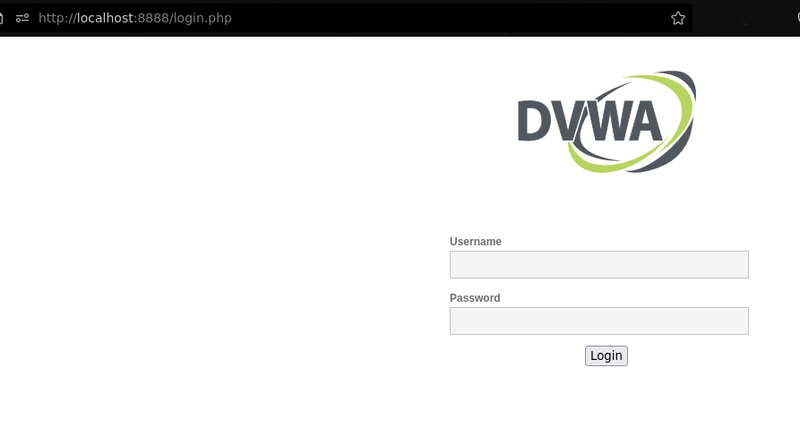
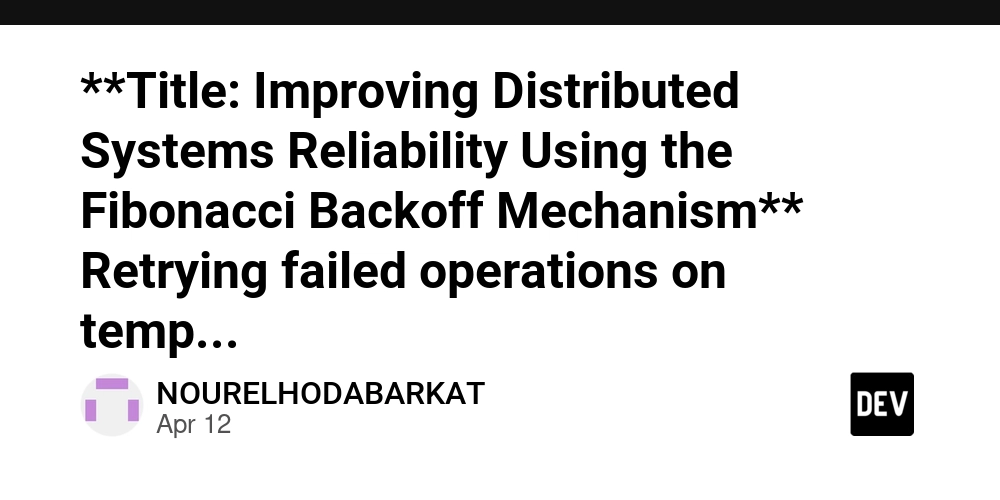
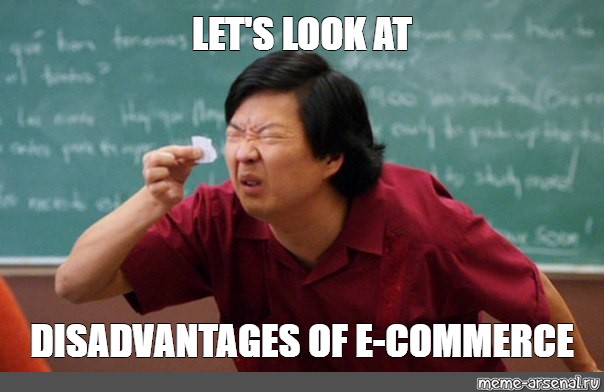











![From Accountant to Data Engineer with Alyson La [Podcast #168]](https://cdn.hashnode.com/res/hashnode/image/upload/v1744420903260/fae4b593-d653-41eb-b70b-031591aa2f35.png?#)




































































































.png?#)














































































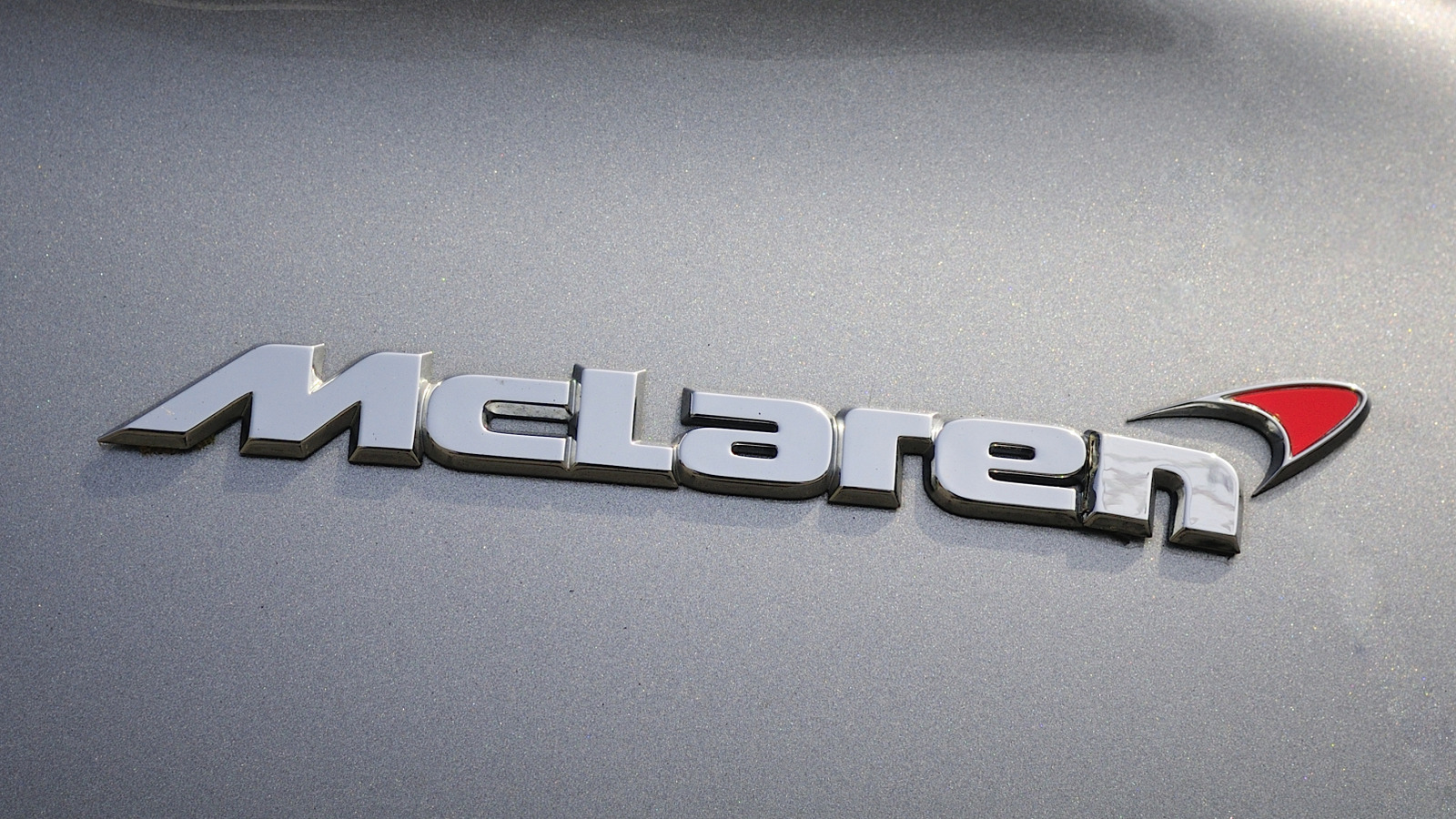

































































![Apple Watch SE 2 On Sale for Just $169.97 [Deal]](https://www.iclarified.com/images/news/96996/96996/96996-640.jpg)

![Apple Posts Full First Episode of 'Your Friends & Neighbors' on YouTube [Video]](https://www.iclarified.com/images/news/96990/96990/96990-640.jpg)




























































































































